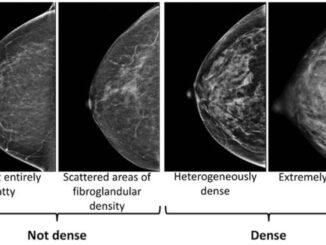
PARIS — Astronomers said on Wednesday they have found the strongest evidence yet of a medium-sized black hole, the strange absence of which has been one of the enduring mysteries of the cosmos.
The universe is riddled with black holes, from supermassive ones at the heart of galaxies to smaller ones around 100 times the mass of the Sun.
But scientists have struggled to find black holes between these two extremes, considered the “missing link” in their evolution.
To find out more, an international team of researchers analyzed Omega Centauri, the biggest cluster of stars in the Milky Way around 18,000 light years from Earth.
They spotted “something peculiar,” Maximilian Haeberle, a PhD student at Germany’s Max Planck Institute for Astronomy, told Agence France-Presse (AFP).
At the center of this dense cluster of 10 million stars, seven were moving much too fast.
At such speeds, the seven stars should have shot straight out of the cluster — but the gravitational pull of some invisible lurking monster seemed to be sucking them in.
Like finding ‘Bigfoot’
After running simulations of how the stars moved, the researchers calculated there is a black hole at the heart of Omega Centauri that has the mass of around 8,200 Suns.
This would put it right in the middle range of black holes that has proved so elusive.
Supermassive black holes, which squat at the center of galaxies like spiders in a web, are classified as having more than 100,000 solar masses.
For example, the Milky Way’s Sagittarius A* is four million times the Sun’s mass — and there are far bigger out there.
Smaller stellar-mass black holes — which are born when giant stars die in supernova explosions — have masses of between five to 150 Suns.
But there is a “very large gap” in between which are called intermediate-mass black holes (IMBH), said Haeberle, the lead author of a new study in Nature.
Scientists believe these middle child black holes exist, but have found very few potential candidates.
Black holes are notoriously hard to observe — not even light can escape their grasp.
One way to detect their presence is by looking for the massive energy emitted when they gobble up gas and dust.
But IMBHs consume less gas, making them even trickier to find, Haeberle said.
Spotting one “is like finding the first evidence for Bigfoot — people are going to freak out,” study co-author Matthew Whittaker of the University of Utah said in a statement.
Haeberle hoped the discovery would bring an end to nearly two decades of arguing between astronomers about whether Omega Centauri could host an IMBH.





Be the first to comment